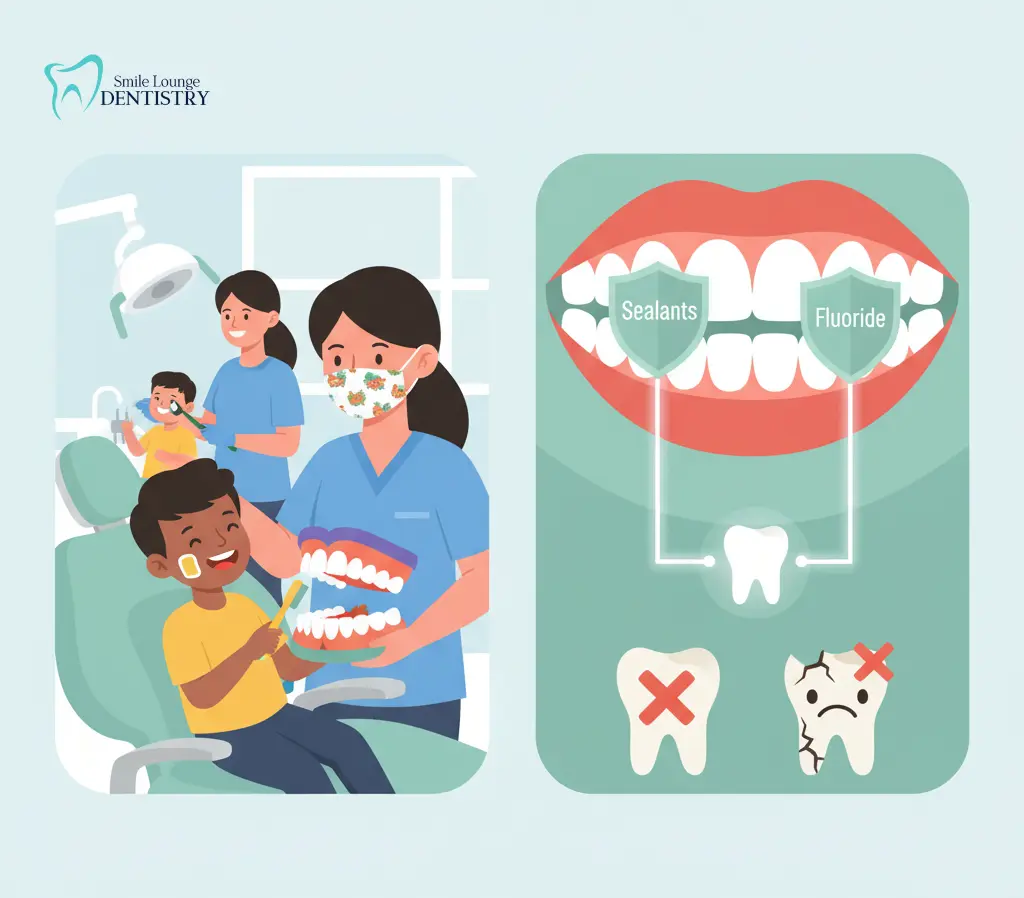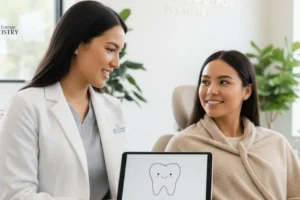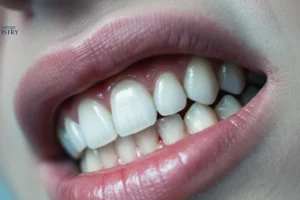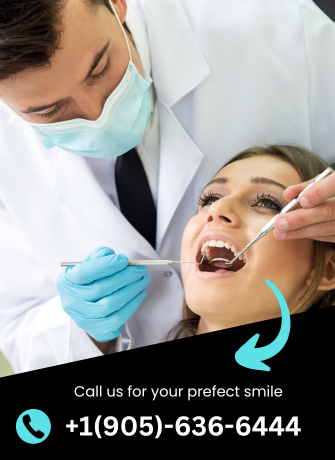Why Preventive Dentistry Is Important in Pediatrics

Why Preventive Dentistry Is Important in Pediatrics
Every parent wants their child to grow up with a bright, healthy smile. Yet many don’t realize that strong oral health begins long before the first permanent tooth appears. Preventive dentistry in pediatrics isn’t just about regular check-ups — it’s about building lifelong habits, protecting young teeth from decay, and guiding proper growth and development.
In this article, we’ll explore why preventive dental care is essential for children, what it includes, and how it helps ensure lasting oral health and confidence.
What Is Preventive Dentistry for Children?
Preventive dentistry focuses on protecting teeth before problems arise. In pediatric dentistry, it involves regular dental visits, professional cleanings, fluoride treatments, dental sealants, and educating both kids and parents about proper oral hygiene.
The goal is simple: to prevent cavities, gum disease, and alignment issues early in life. When a child’s dental health is protected from the start, they are less likely to face complex or costly treatments later on.
Why Early Dental Care Matters
Baby teeth may be temporary, but their care is permanent in its impact. Decay in baby teeth can cause pain, infection, and even affect the way adult teeth grow. Early prevention sets the stage for a lifetime of good habits and healthy smiles.
1. Builds Strong Oral Hygiene Habits
Children learn by routine. Regular dental visits and daily brushing routines instill responsibility and awareness about oral care. A positive early experience with a dentist helps remove fear and builds comfort for future appointments.
2. Prevents Cavities and Tooth Decay
Cavities are the most common chronic disease in children — yet almost entirely preventable. Fluoride treatments, sealants, and proper brushing habits can keep decay at bay.
3. Supports Proper Growth and Speech Development
Healthy baby teeth are essential for clear speech and correct jaw alignment. Losing teeth too early due to decay can lead to spacing or speech issues.
4. Detects Problems Early
Regular exams help dentists spot issues like crooked teeth, bite misalignment, or gum inflammation early — when they’re easier and less costly to correct.
5. Saves Time, Money, and Pain
Preventive care is more affordable and comfortable than restorative treatments like fillings or crowns. It’s a small investment with long-term rewards.
Key Components of Pediatric Preventive Dentistry
1. Regular Dental Check-Ups
Children should visit a dentist every six months. These visits allow the dentist to track tooth development, clean plaque and tartar, and monitor gum health.
2. Dental Cleanings and Fluoride Treatments
Professional cleanings remove buildup that brushing can’t reach. Fluoride treatments strengthen enamel and help resist cavities — especially important for kids who love sugary snacks.
3. Dental Sealants
Sealants are thin, protective coatings applied to the chewing surfaces of molars. They prevent bacteria and food particles from settling into deep grooves, significantly reducing cavity risk.
4. Oral Hygiene Education
Dentists and hygienists teach children the right brushing and flossing techniques, turning everyday care into a fun and empowering habit.
5. Diet and Nutrition Guidance
Parents receive advice on foods that promote healthy teeth — like dairy, fruits, and vegetables — and those to limit, such as sticky sweets and sodas.
6. Habit Counseling
Thumb sucking, nail biting, or prolonged pacifier use can affect jaw development. Early guidance helps prevent these habits from leading to misalignment.
The Role of Parents in Preventive Dentistry
Parents play the biggest role in shaping their child’s dental future. Encouraging brushing twice a day, supervising flossing, and making dental visits a positive experience all contribute to a child’s confidence and health.
Some helpful parenting tips include:
- Use a soft toothbrush with a small head.
- Start brushing as soon as the first tooth appears.
- Replace toothbrushes every three months or after illness.
- Choose fluoridated toothpaste (use a rice-sized amount for toddlers).
- Make brushing fun — use music or colorful brushes.
How Pediatric Dentists Make a Difference
Pediatric dentists specialize in children’s oral health. Their training allows them to recognize growth patterns, guide jaw development, and create a friendly, stress-free environment.
Clinics like Smile Lounge focus on gentle care, advanced preventive techniques, and personalized education for both kids and parents. The goal is to ensure that every visit builds trust and strengthens the foundation for lifelong oral health.
Long-Term Benefits of Preventive Dental Care
- Fewer cavities and restorations over time
- Stronger, healthier adult teeth as permanent teeth erupt
- Improved confidence and speech due to proper oral development
- Better overall health, as oral bacteria can impact heart and immune health
- Positive dental attitude, reducing anxiety into adulthood
Good oral health is more than just a nice smile — it’s connected to emotional well-being, nutrition, and even academic performance. When children feel confident about their teeth, they smile more, speak clearly, and eat better.
Common Myths About Pediatric Dentistry
Myth 1: Baby teeth don’t matter because they fall out.
Truth: Healthy baby teeth are critical for spacing and alignment of adult teeth.
Myth 2: Kids don’t need dental visits until all their teeth come in.
Truth: The first visit should happen by age one or within six months of the first tooth eruption.
Myth 3: Cavities in kids are inevitable.
Truth: With preventive care, cavities can be completely avoided.
Myth 4: Children’s teeth don’t need professional cleaning.
Truth: Even diligent brushing misses spots where bacteria hide. Professional cleanings ensure thorough care.
How to Make Dental Visits Fun for Kids
- Let your child pick their toothbrush and toothpaste flavor.
- Create a reward chart for daily brushing.
- Read storybooks about visiting the dentist.
- Choose a pediatric dental clinic with a child-friendly environment.
At Smile Lounge, the team ensures that every visit feels safe, fun, and educational — turning dental care into a positive memory.
Frequently Asked Questions (FAQs)
1. When should I take my child to the dentist for the first time?
The first dental visit is recommended around the age of one or when the first tooth appears. Early visits help track development and prevent early decay.
2. Are fluoride treatments safe for children?
Yes, professional fluoride applications are completely safe and effective in strengthening enamel and preventing cavities.
3. How often should children get dental cleanings?
Every six months is ideal, though your dentist may suggest more frequent visits if your child is prone to cavities.
4. What are dental sealants and how long do they last?
Sealants are protective coatings that last several years. They shield back teeth from decay, especially in children who find brushing molars difficult.
5. Can diet affect my child’s dental health?
Absolutely. Limiting sugary snacks and offering calcium-rich foods can significantly reduce cavity risks.
Final Thoughts
Preventive dentistry is the foundation of lifelong oral health for children. It’s not only about avoiding cavities — it’s about nurturing confidence, growth, and healthy habits that carry into adulthood.
With regular check-ups, fluoride treatments, sealants, and guidance from caring professionals like those at Smile Lounge, parents can ensure their children’s smiles stay bright, strong, and healthy for years to come.
Early prevention is the best protection — because a healthy smile today means a confident tomorrow.










